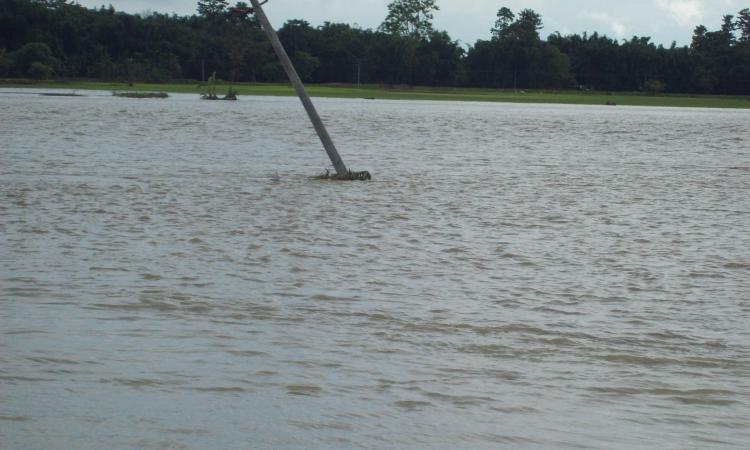
The Uttarakhand floods last year, cyclones Phailin and Hud Hud, the untimely hailstorms in central India and the Malin tragedy in Pune – all examples of the many disasters that have hit the country. A recently published Working Group II Report of the Fifth Assessment Report (AR5) of the Intergovernmental Panel on Climate Change predicts that the frequency and uncertainity of such events is going to increase over the years in India thus exposing more people to greater risks.
The paper titled 'Science–policy interface for disaster risk management in India: toward an enabling environment' published in Current Science states that India needs more of a coming together of science and policy because an increase in scientific research on climate-related extreme events and the inclusion of this research in India’s national development policies and programmes (including the Disaster Management Policy (2009), hasn't resulted in an integration into disaster management policies, plans and practices.
How can this integration be enabled?
The paper proposes some principles to create an enabling environment that include the following:
- Collaboration to build trust, acceptance and respect between the scientific community and policy makers.
- Co-production with scientists and researchers working together to solve issues or find answers through interdisciplinary approaches of investigation.
- Coherence to ensure that the processes of science–policy interface and the emerging products and outputs are in context to the larger development challenges and opportunities of society.
- Continuity of collaboration and coherence across the science–policy–practice continuum.
It aruges that these proposed principles will help the scientific and research community and the policy-making institutions to further refine their work and reorganise their efforts to build a disaster-resilient India.
Focus on prevention and prepare to deal with disasters
Three other short articles in the correspondence section of the journal on the Malin disaster, the Kedarnath floods and on disaster prevention in India argue that the failure to prevent disasters in India has to do with the unscientific approach in instantly blaming factors such as climate change and heavy rainfall for every disaster without honest introspection and investigation. Rather, it is important to focus on prevention, preparedness, capacity building and timely corrective action to deal with disasters in the country in the long run.
The papers can be accessed from the links below.
- Science–policy interface for disaster risk management in India: toward an enabling environment
- Declare 2015-2024 the decade of disaster prevention in India
- The Malin mud avalanche tragedy of 30 July 2014 – time to ask the right questions
- The Kedarnath disaster:in search of scientific reasoning